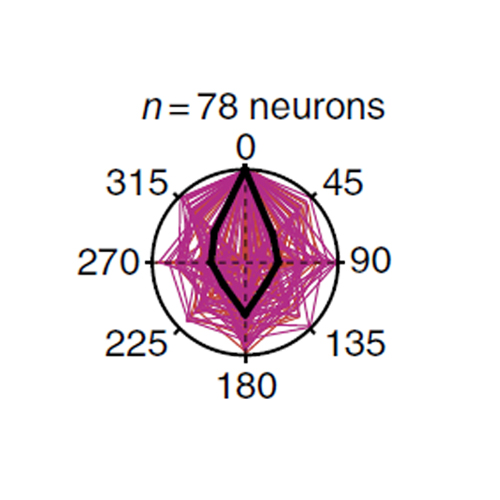Staged decline of neuronal function in vivo in an animal model of Alzheimer's disease
10-Apr-2012
Nature Communications, 2012, doi:10.1038/ncomms1783, 3; Article number: 774 published on 10.04.2012
Nature Communications, online article
Nature Communications, online article
The accumulation of amyloid-β in the brain is an essential feature of Alzheimer’s disease. However, the impact of amyloid-β-accumulation on neuronal dysfunction on the single cell level in vivo is poorly understood. Here we investigate the progression of amyloid-β load in relation to neuronal dysfunction in the visual system of the APP23×PS45 mouse model of Alzheimer’s disease. Using in vivo two-photon calcium imaging in the visual cortex, we demonstrate that a progressive deterioration of neuronal tuning for the orientation of visual stimuli occurs in parallel with the age-dependent increase of the amyloid-β load. Importantly, we find this deterioration only in neurons that are hyperactive during spontaneous activity. This impairment of visual cortical circuit function also correlates with pronounced deficits in visual-pattern discrimination. Together, our results identify distinct stages of decline in sensory cortical performance in vivo as a function of the increased amyloid-β-load.











